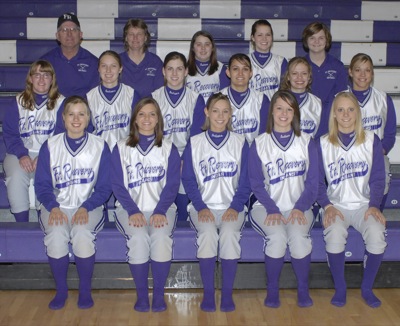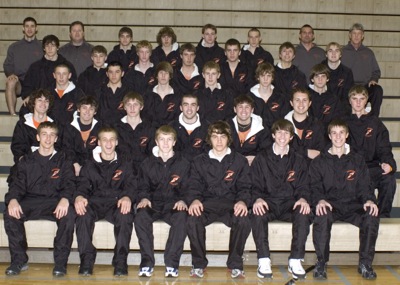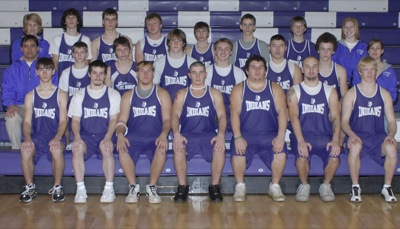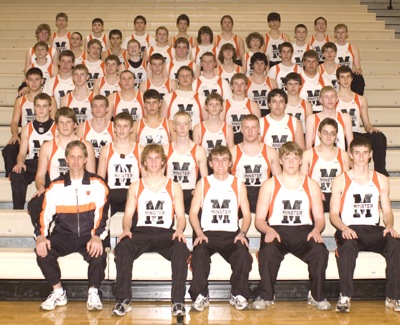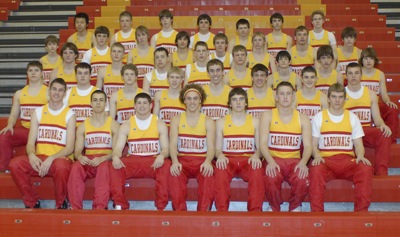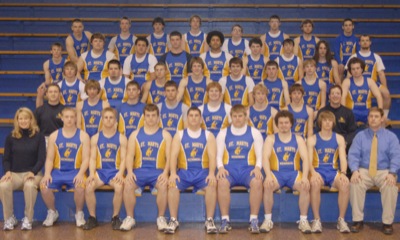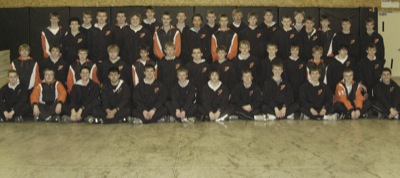Tuesday, March 25th, 2008
More Grand Lake area farmers can seek funds
By Nancy Allen
The $1 million set aside by the USDA for watershed cleanup efforts announced in February has been expanded to cover the entire 71,862-acre Grand Lake Watershed.
The signup deadline also has been extended to April 11.
The funds are coming from the nationwide pot of funds in the Environmental Quality Incentives Program (EQIP) authorized in the 2002 Farm Bill. The funds were leveraged by Congressman John Boehner and Senator Sherrod Brown. Both legislators have been working for some time to steer funding to the Grand Lake Watershed, which the Ohio EPA has deemed one of the most degraded in the state.
The signup deadline was extended because the deadline for the current Farm Bill, which Congress is deciding, was extended.
"We were working with a very short sign-up period to begin with and are excited to be able to extend the sign-up period by four weeks," said Terry Cosby, state conservationist with the USDA Natural Resources Conservation Service (NRCS).
Jim Will, district conservationist with NRCS in Mercer County, said the $1 million was opened to the entire watershed area in order to spend as much of the funds as possible. As of last week, $747,000 of the funds were still available.
"It was just too many dollars and too short a period of time to spend," Will said. "Since the whole watershed needs help, I think they decided to expand it and see if we could get more stuff done."
The original signup period was from Feb. 25 through March 14 and only covered land in the Chickasaw Creek subwatershed in Mercer County and the Barnes Creek subwatershed in Auglaize County, roughly 20,000 acres.
The funds are designated to help pay for planting of buffer strips along creeks running into Grand Lake and for planting winter cover crops.
Farmers also will be allowed to harvest hay from the buffer strips and plant them along existing grass waterways and filter strips and along roadside ditches, Will said. Existing USDA conservation programs do not allow harvesting of hay from filter strips nor do they pay for buffer strip planting along roadside ditches.
Incentive payments will cover a majority of farmers' planting costs, with the rest covered by the participating farmers, who must meet eligibility requirements established by EQIP.
The fact that producers will be able to harvest the hay from the buffer strips should make the program very attractive, Will added.
The $1 million includes a portion of money to monitor water quality in the area of the Chickasaw Creek and Barnes Creek subwatersheds. This would involve using existing water quality data and new data to determine a baseline measurement of the impairments. A monitoring station would be placed in the area of the two subwatersheds to continually gather water quality data so officials can compare before and after data, Will has said.
For more information contact district conservationist Steve McDevitt in Auglaize County at 419-738-4016 or Will in Mercer County at 419-586-2548.
If you go:
What: Free informational meeting on benefits and concerns of using cover crops, maximizing economic benefits of manure
When: 1-3 p.m. Friday
Where: St. Marys Township building, 10752 state Route 364
Presenters: Jim Hoorman, OSU Extension cover crop specialist, and Jon Rausch, OSU Extension manure management specialist





